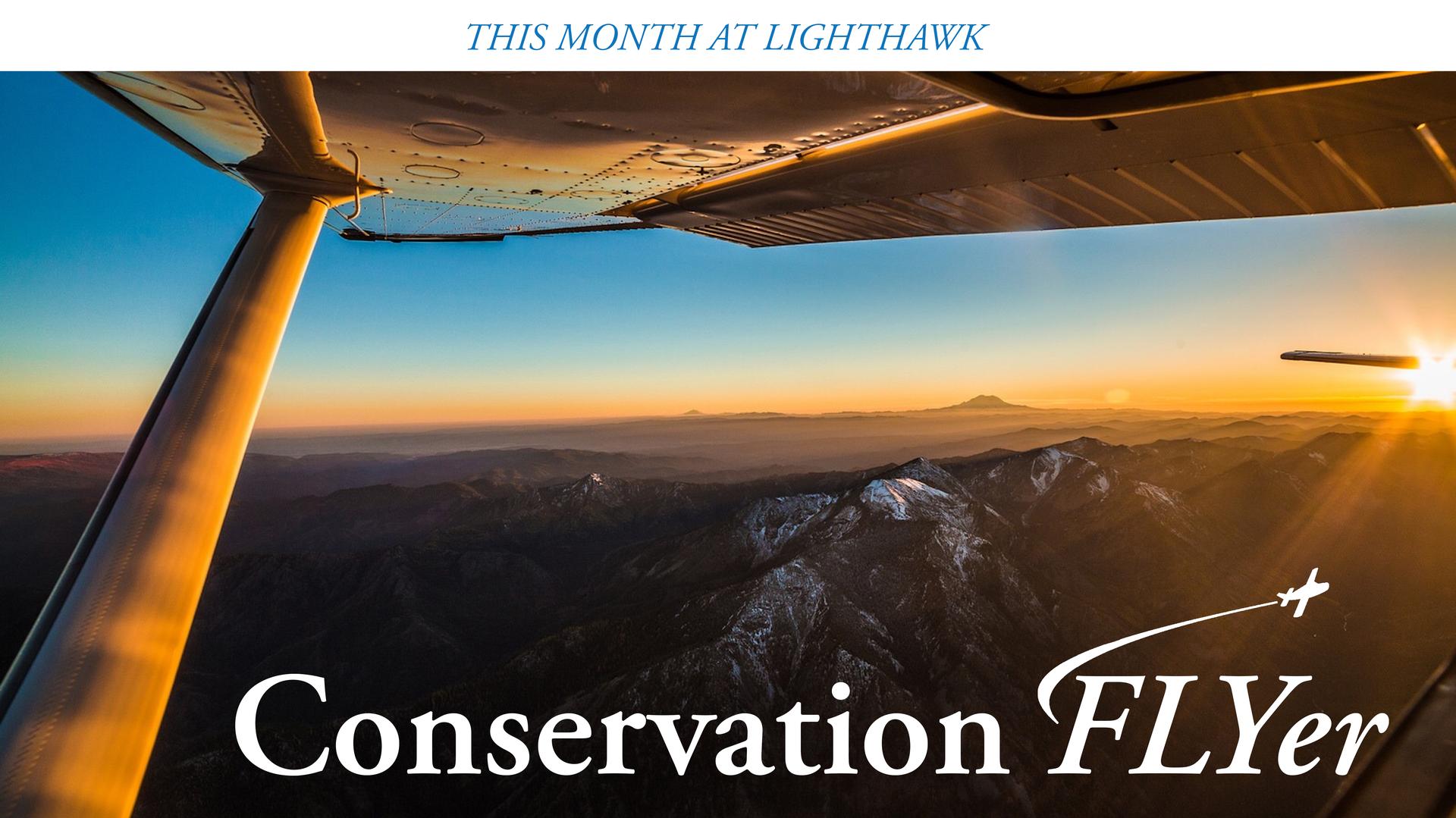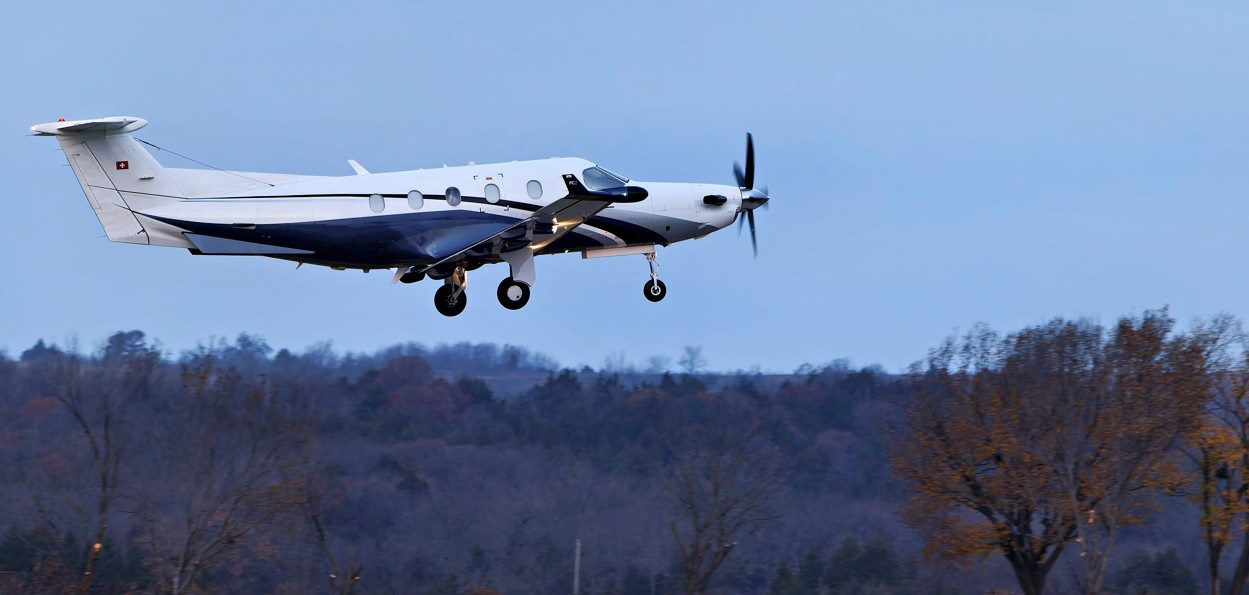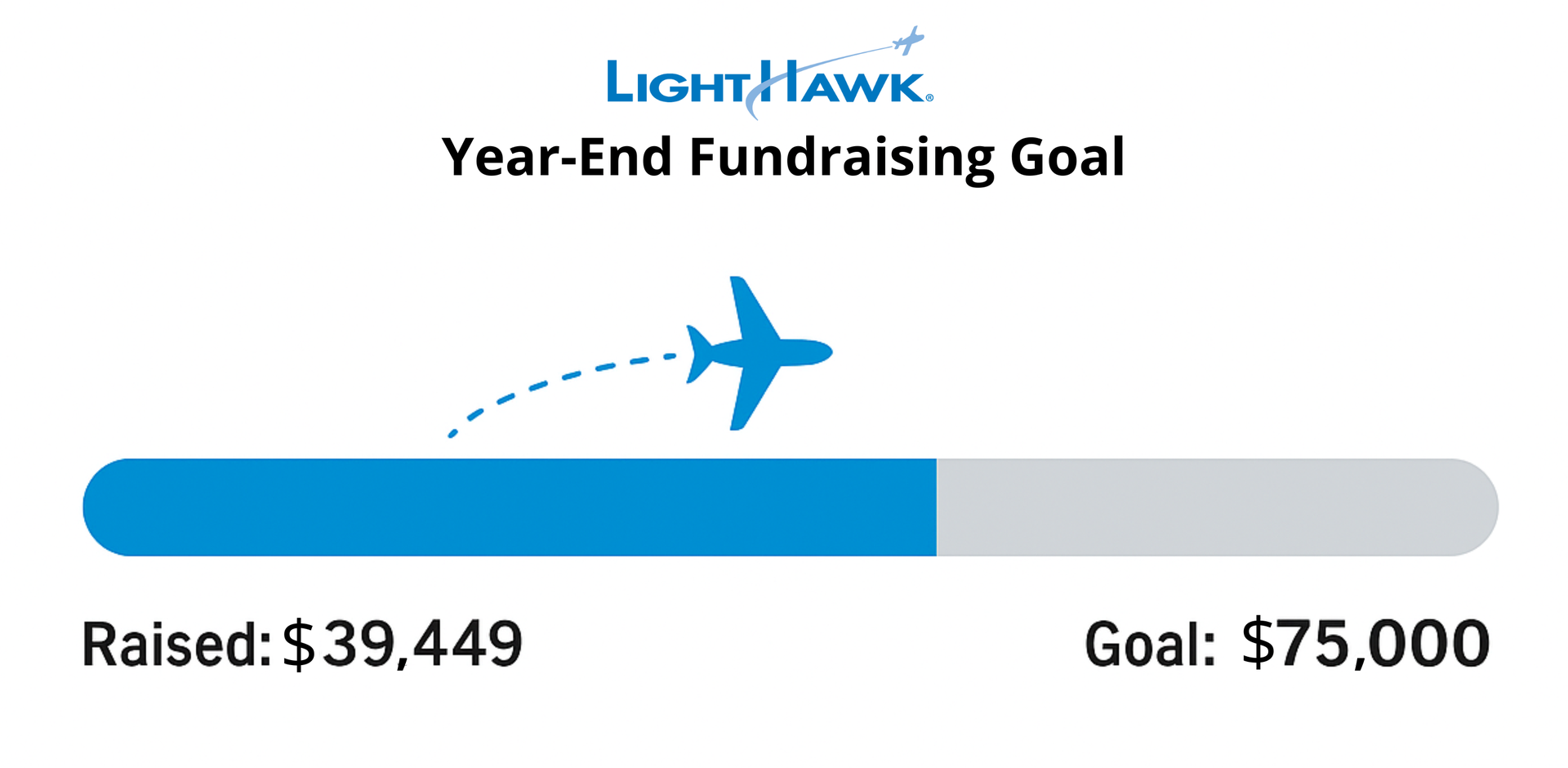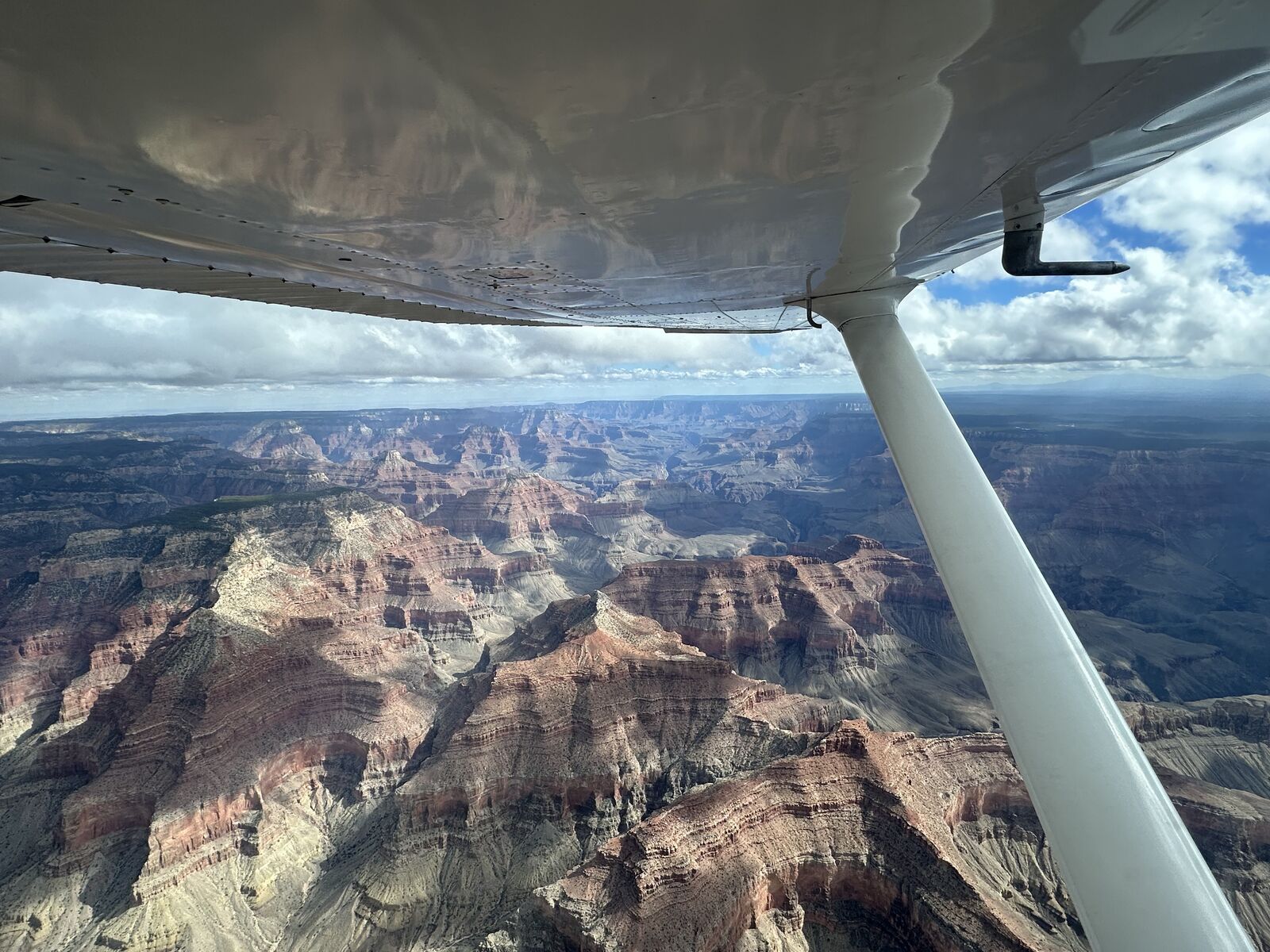
Mission of the Month: Helping Endangered Quail Take Flight Again

Jack Long's Pilatus PC-12 takes off loaded with endangered masked bobwhite quail juveniles headed for their new home in Arizona where they will be released to the wild. Photo: Don Wolfe | Pilot: Jack Long.
There has always been a special place in our hearts for our fellow aviators, and we are not just talking about pilots. LightHawk works with partners across the United States to conserve endangered birds, and for several years we have supported the U.S. Fish and Wildlife Service and the George Miksch Sutton Avian Research Center by transporting masked bobwhite quail from their breeding facility to release sites in the wild.
Recently, LightHawk volunteer pilot Jack Long stepped up to transport 24 crates of juvenile birds from Bartlesville, Oklahoma to Tucson, Arizona for release on the Buenos Aires National Wildlife Refuge (BANWR). Each crate held multiple birds for a total of about 300 masked bobwhite quail flown. A member of the Sutton Center staff traveled with Jack to monitor the birds throughout the cross-country flight.
Gratitude In Flight

THANK YOU for supporting LightHawk on Giving Tuesday!
Because of you, we have crossed the halfway mark. Your generosity is already helping conservation take flight and is driving real progress toward our $75,000 goal for 2025.
Your support powers flights that protect landscapes, waterways, oceans, coastlines and wildlife. It strengthens communities building climate resilience and gives partners the aerial view they need to make informed decisions that safeguard what matters most.
Colorado Gives Day: Every Gift Counts!

If you missed Giving Tuesday, there is time to make a difference. Your gift will still be MATCHED through Colorado Gives Day on December 9 thanks to a generous board member challenge! Every contribution moves us closer to our goal and helps bring the gift of flight to conservation efforts across the country.
Give online at www.lighthawk.org/donate and be part of building a better tomorrow through the power of the aerial perspective.
LightHawk In The News
- WATER DESK: Rainfall brings Colorado River drought relief, but concerns for next year’s water supply remain
- Amid ‘a transparency desert,’ states look likely to blow past Colorado River deadline. What’s next?
- Plans to reopen a nuclear power plant draw mixed reactions from eastern Iowans
- Congress extends critical Farm Bill for a third time. It's a relief for farmers, but raises concerns
- The #ColoradoRiver is Not Going to Wait for Politics — John Berggren (WesternResourceAdvocates.org) #COriver #aridification
- The wealthy profit from public lands, and taxpayers pick up the tab
- Wealthy Ranchers Profit from Public Lands.
- Pilots, Wildlife, and A View for Good
Photo of the Month

Photo by Steve Meyer
Taken during a two-day flight with partner Western Resource Advocates, the November Photo of the Month comes to us from LightHawk volunteer pilot Steve Meyer. This image of the Grand Canyon, captured from his Cessna Turbo 206, showcases both the power of the aerial perspective provided by a LightHawk flight and the breathtaking majesty of one of the world’s most spectacular natural wonders.





